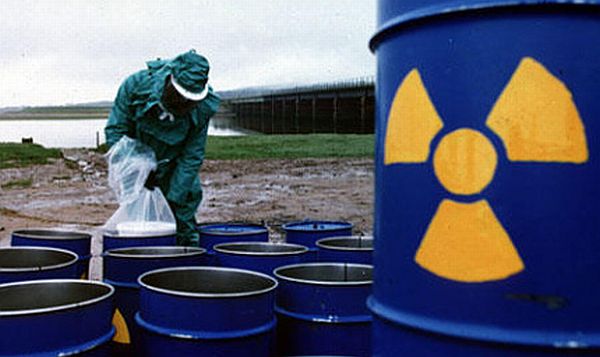
As we know it
Nuclear metals are the most devastating form of potent energy. So are the wastes that are produced when the energy generating process is over. Although a more patient killer as compared to its biotic counterparts like the bacterium, Clostridium Botulinum and the famous Japanese delicacy, Fugu, nevertheless, it is a killer, slow or quick does not matter. Apparently, there has to be some way in which these wastes could be disposed off. They are generally of no use when the core uranium metal has been totally exposed to the fission reaction. The question is which is the safest way to make it happen?
The conventional ways of disposing these wastes off are harmful. They often allow the slow leakage of radioactivity from the heavy metals from where they have been buried (the remaining butt of heavy metal is generally buried in the soil). The best way to calm down nature’s daunting threat is to use another natural weapon. The best natural weapon available so far is the biological one. Bacteria and algae have been the best scavengers since the blooming of life on the planet. Here too, they are the best possible way available to clear off the heavy metal particles. The question now is, whether we need to take such options into consideration at all. We discuss this in our next paragraph.
Need for a change
Pollution is growing by leaps and bounds. Pollution of every kind, every strata has seen an indiscriminate encouragement to grow, persist and do much unwanted harm as possible. Mankind is in no more a healthy position to allow more forms of this problem to raise their hoods. Moreover, nuclear waste is not just about pollution, it is about much more, about terrorism, about violence and about getting used at wrong hands. So it is absolutely necessary that the nuclear waste generated after energy has been generated is disposed off in a proper manner to ensure that any of the above possibilities does not arise.
What’s next?
1. Pond algae to help clean up nuclear wastes effectively

It has been found out that the fresh water bright green algae, Closterium Moniliferum has the capability to differentiate Strontium-90, a potent damaging agent found in nuclear waste. Generally, Strontium-90 is similar to Calcium in its physical properties and is very difficult to decipher from the nuclear waste which also contains large quantities of calcium. But his natural scavenger has the immense ability to do so. It actually works by concentrating the metals that are present around it in the water. In the process, it absorbs Strontium, barium and calcium from the water around it. It then creates a concoction of the metals and thus processes them into crystals. It is at this point that the crystals of Strontium-90 are recognised and are differentiated from the calcium crystals. Calcium then spit out into the surrounding water, while the heavy metals are accumulated inside the cells. These biotic cells can hence be used safely to discard off the harmful and poisonous radioactive metals.
2. Microbes that generate electricity while cleaning nuclear wastes

The organism under consideration in this case is Geobacter, a bacterial type that shows presence in the soil. This bacterium has appendages, or small mobile parts outside its cellular body, also known as nanowires. This fact was uncovered by a team of microbiologists led by Gemma Reguera. Normally, in other bacterial cells, these appendages are used for purposes like collection of food and movement. But in Geobacter, these appendages act as organs for cleaning up nuclear waste and formulators of electricity. Better put, these nanowires help the bacteria to survive and grow in an environment that has been contaminated with heavy metals. Strange, but these little boons seem to have adapted themselves to the dominating human ways. A pilot project has also been successfully executed using these bacteria. Acetate was first added to the source of uranium. Acetate is the diet of Geobacter and thus helped the bacterial colonies to multiply quickly. The uranium was cleared up as expected. To boost the process, researchers have also given birth to an advanced strain of the bacteria which would contain greater number of appendages, thus fastening the process of clearing up nuclear wastes.
3. Researcher hopes to clean radioactive waste with stinky bacterium

The microbe that we would encounter in this entry is Desulfovibrio Vulgaris. The waste scavenging property of this bacterium has only been discovered as yet. Further experiments and research work are still to find detailing. The proposal of using this bacterium was given by the researcher Judy Wall. This bacterium processes the nuclear metal so as to catalyse an electronic transfer which would convert the unstable Uranium into a more stable Uranite form. Uranite is heavy and would sink to the bottom of the water source where it had previously been present in the radioactive state. This bacterium can hence be a potent nuclear waste scavenger in the future.




